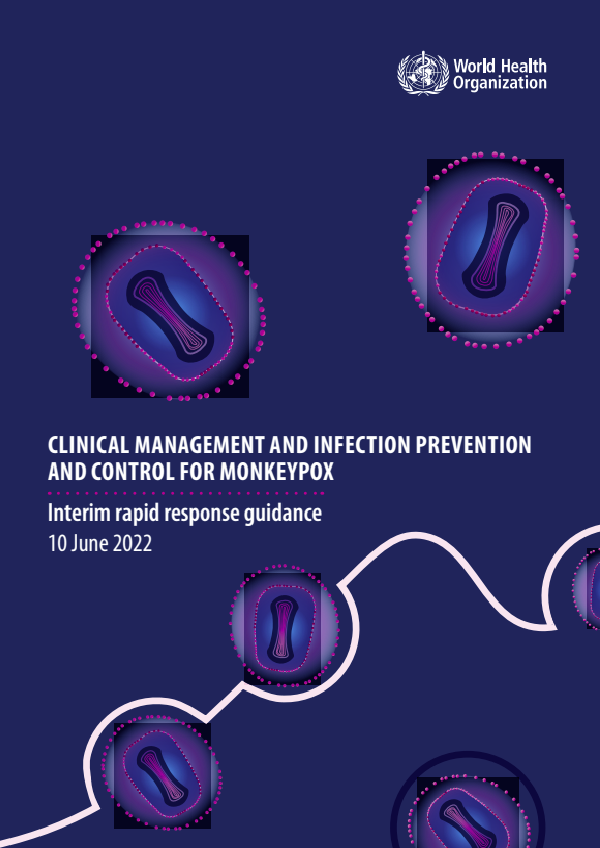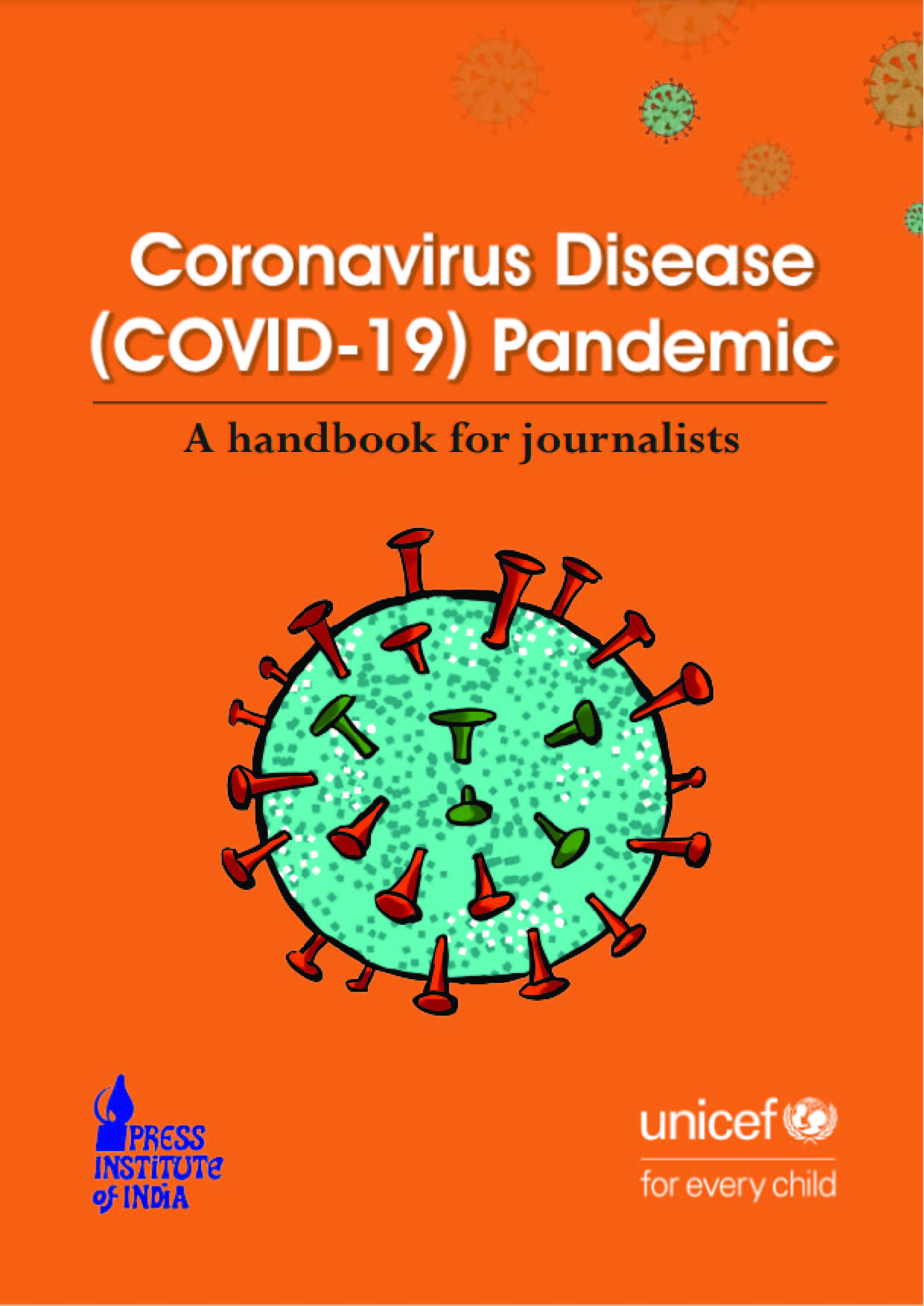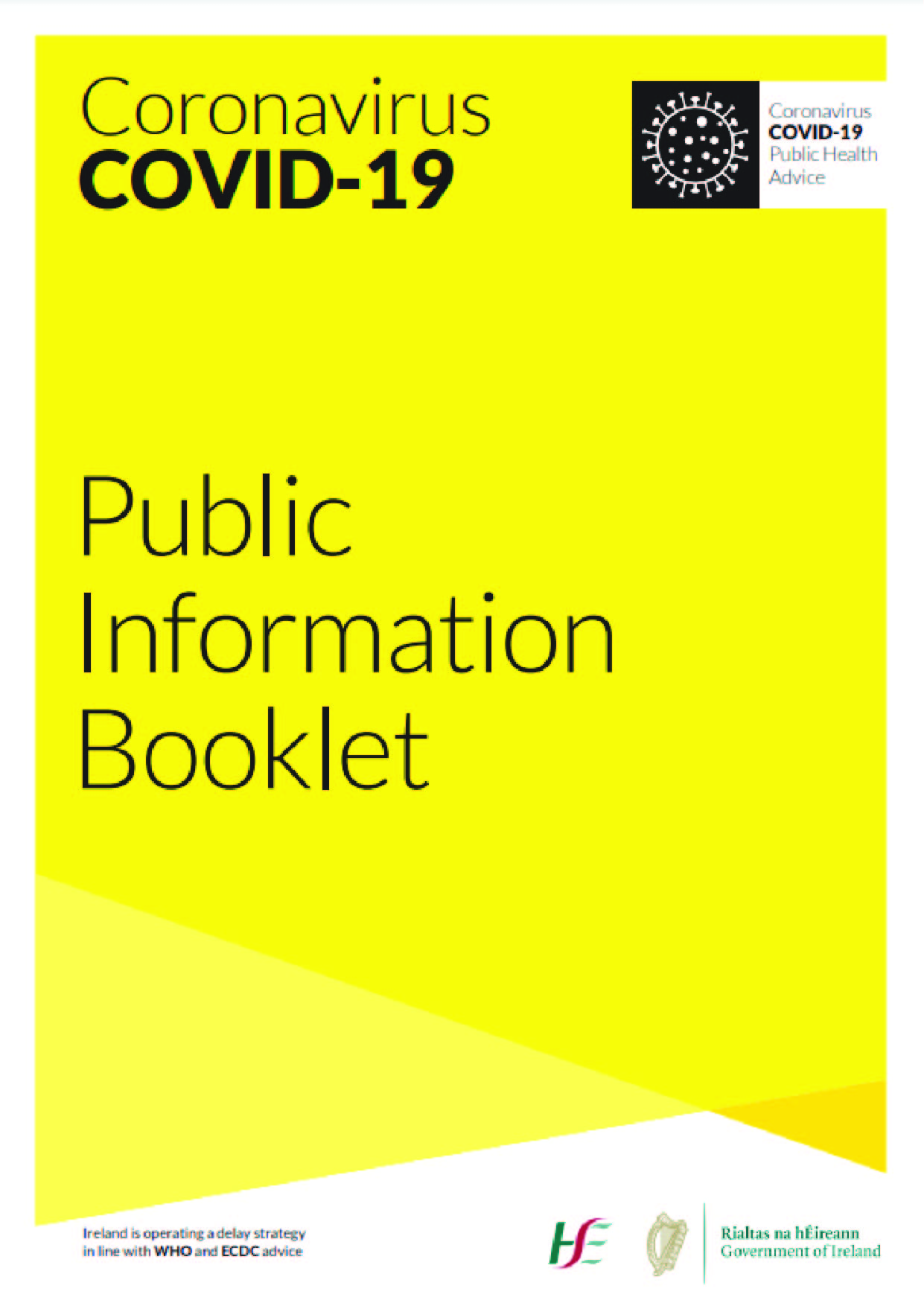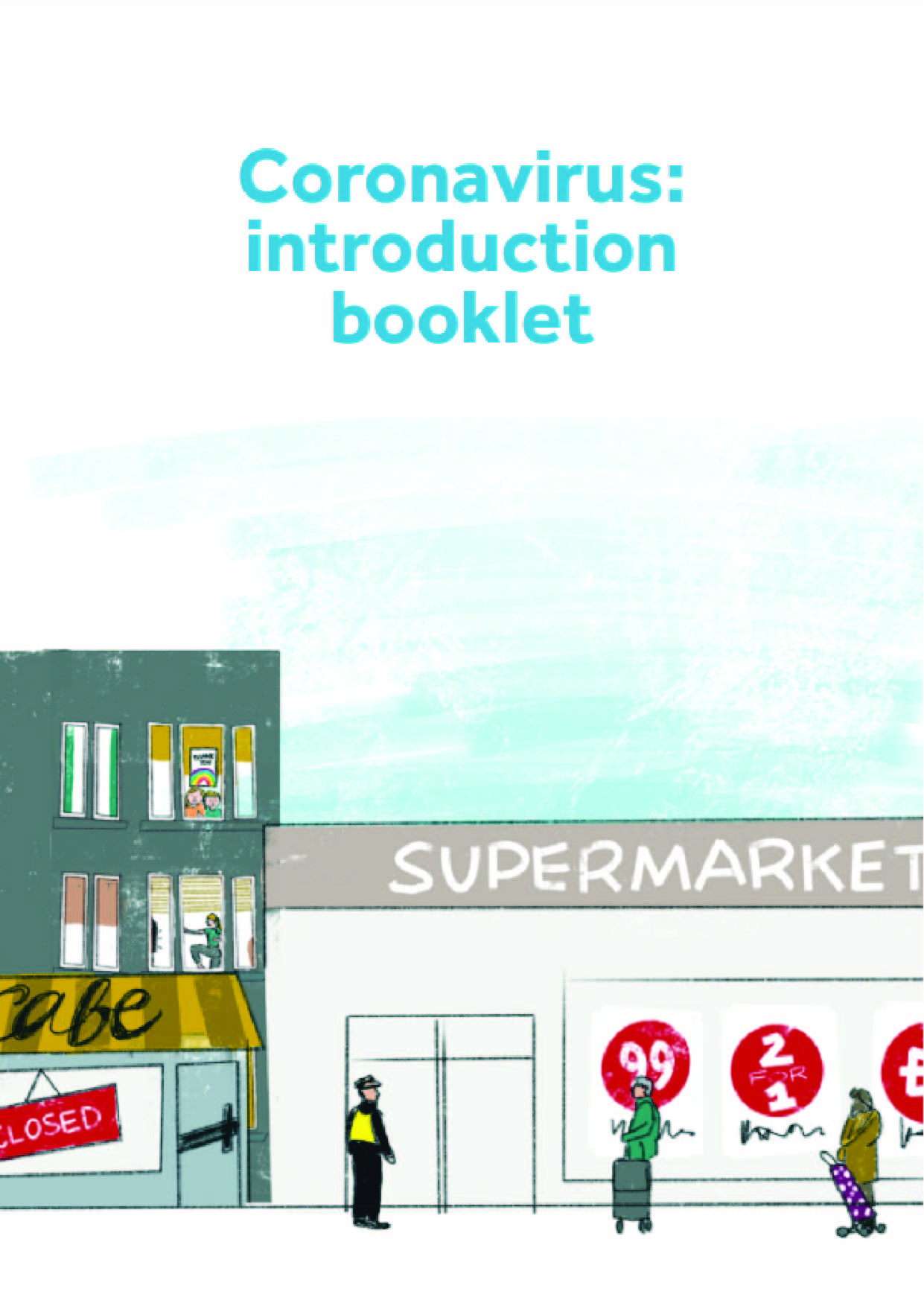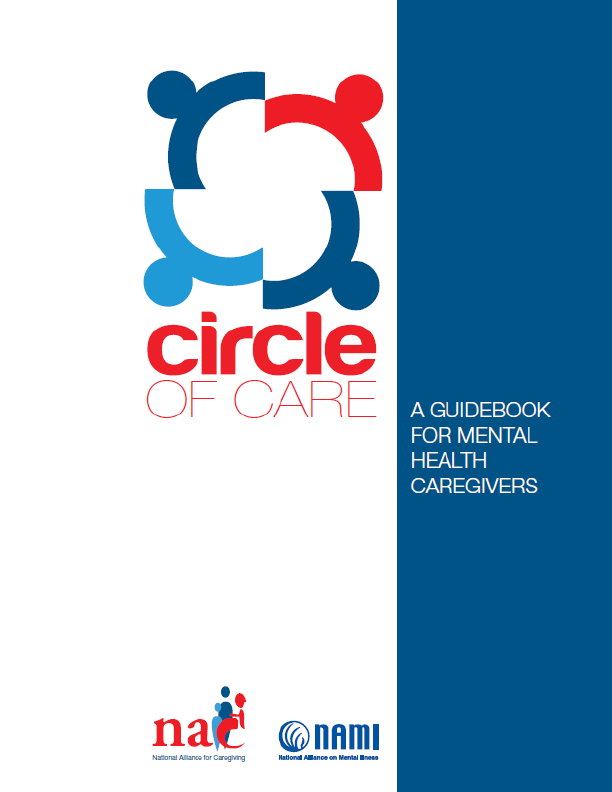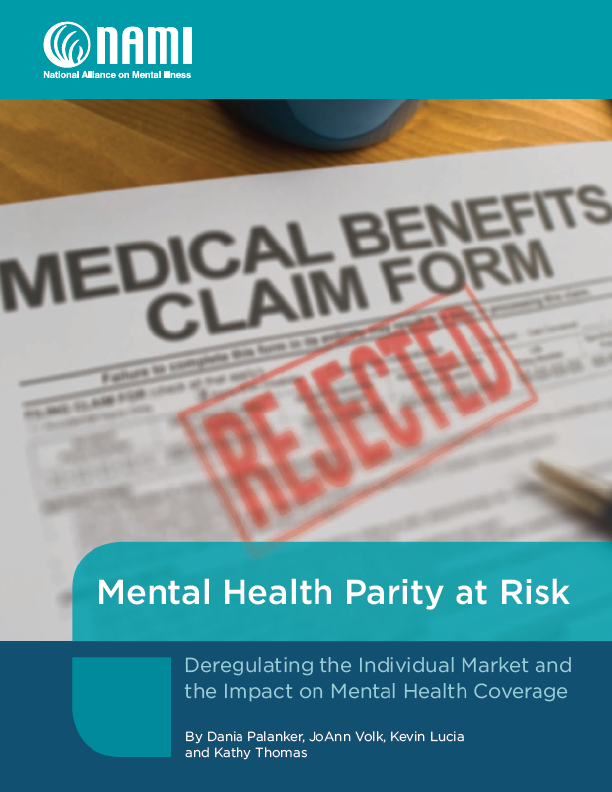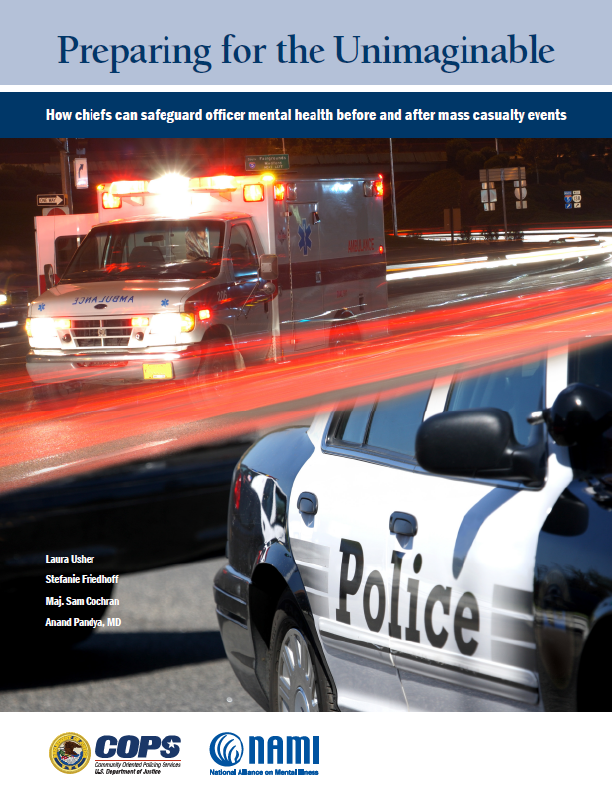Monkeypox is an infectious viral disease that can occur in humans and some other animals. Symptoms include fever, swollen lymph nodes, and a rash that forms blisters and then crusts over. The time from exposure to onset of symptoms ranges from 5 to 21 days. In the context of the current multi-country monkeypox outbreak, WHO has developed interim rapid response guidance for the clinical management and infection prevention and control of monkeypox in health care and community settings.
It includes considerations for certain populations such as patients with mild disease with considerations for community care, patients with moderate to severe disease, sexually active persons, pregnant or breastfeeding women, children, and young persons. The guidance also addresses considerations for clinical management such as the use of therapeutics, nutritional support, mental health services, and post-infection follow-up.
This document aims to provide interim guidance for clinicians, health facility managers, health workers, and IPC practitioners including but not limited to those working in primary care clinics, sexual health clinics, emergency departments, dental practices, infectious diseases clinics, genitourinary clinics, maternity services, pediatrics, obstetrics and gynecology, and acute care facilities that provide care for patients with suspected or confirmed MPX. For the entirety of this document, for ease, we will refer to patients that are being assessed and entering the MPX clinical care pathway as suspects, which includes both epidemiological groups (suspected cases and probable cases).
EXECUTIVE SUMMARY
Twelve years after the new orthopoxvirus was discovered in a Danish laboratory in 1958 the first case of human monkeypox (MPX) was identified in 1970 in a 9-month-old boy in the Democratic Republic of the Congo (1,2). Since then most cases have been reported across Central and West Africa (1). MPX rashes can resemble various infectious diseases such as varicella-zoster virus, herpes simplex virus, and syphilis. As of 6 June 2022, a total of 1002 laboratory-confirmed laboratory-confirmed cases of MPX have been reported to WHO from 29 Member States in Europe and North America, across four WHO regions and no deaths have been reported. To date, the current MPX outbreak is mostly among men who have sex with men (MSM) and have predominately been identified amongst men seeking care in primary care and sexual health clinics due to symptoms similar to other sexually transmitted infections (STIs). For the most up-to-date case numbers see the website.
Due to the multi-country nature of this outbreak, WHO has developed rapid interim guidelines for the clinical management and infection prevention and control (IPC) of MPX. See Section 1 on the methodology for more details.
SUMMARY OF RECOMMENDATIONS
Screening, triage, isolation, and clinical assessment
WHO recommends:
- At the first point of contact with the health system, screening and triage be performed for all persons who present with a rash and fever or lymphadenopathy, according to locally adapted WHO case definition, to identify individuals that have suspected or confirmed MPX.
- After screening and isolation, triage patients with suspected MPX using a standardized triage tool (such as the WHO/IFRC Interagency Integrated Triage Tool); and evaluate the patient to determine risk factors and presence of severe disease.
- Test suspected patients for MPX.
Management of mild or uncomplicated monkeypox
WHO recommends:
- Patients with suspected or confirmed MPX with mild, uncomplicated disease and not at high risk for complications can be isolated at home, for the duration of the infectious period, as long as a home assessment determines infection prevention and control (IPC) conditions are fulfilled at home setting.
- A home assessment should be conducted when deciding to isolate and care for a person with suspected or confirmed MPX with mild uncomplicated disease in a home setting.
- A patient with mild, uncomplicated MPX cared for at home should be isolated in an area separate from other household members and away from shared areas of the home (i.e. a separate room or area with a curtain or screen).
- Caution should be taken when handling and cleaning linens, and household surfaces, and during waste disposal.
- Patients with MPX be given symptomatic treatment such as antipyretics for fever and analgesia for pain.
- Patients with MPX be assessed for their nutritional status and given adequate nutrition and appropriate rehydration.
- Counsel patients with mild MPX about signs and symptoms of complications that should prompt urgent care.
- Conservative treatment of rash lesions should be performed dependent of their stage with aims to relieve discomfort, speed healing and prevention of complications, such as secondary infections or exfoliation.
- Antibiotic therapy or prophylaxis not be used in patients with uncomplicated MPX. However, lesions should be monitored for secondary bacterial infection (i.e. cellulitis, abscess) and if present treated with antibiotics with activity against normal skin flora, including Streptococcus pyogenes and methicillin-sensitive Staphylococcus aureus (MSSA).
